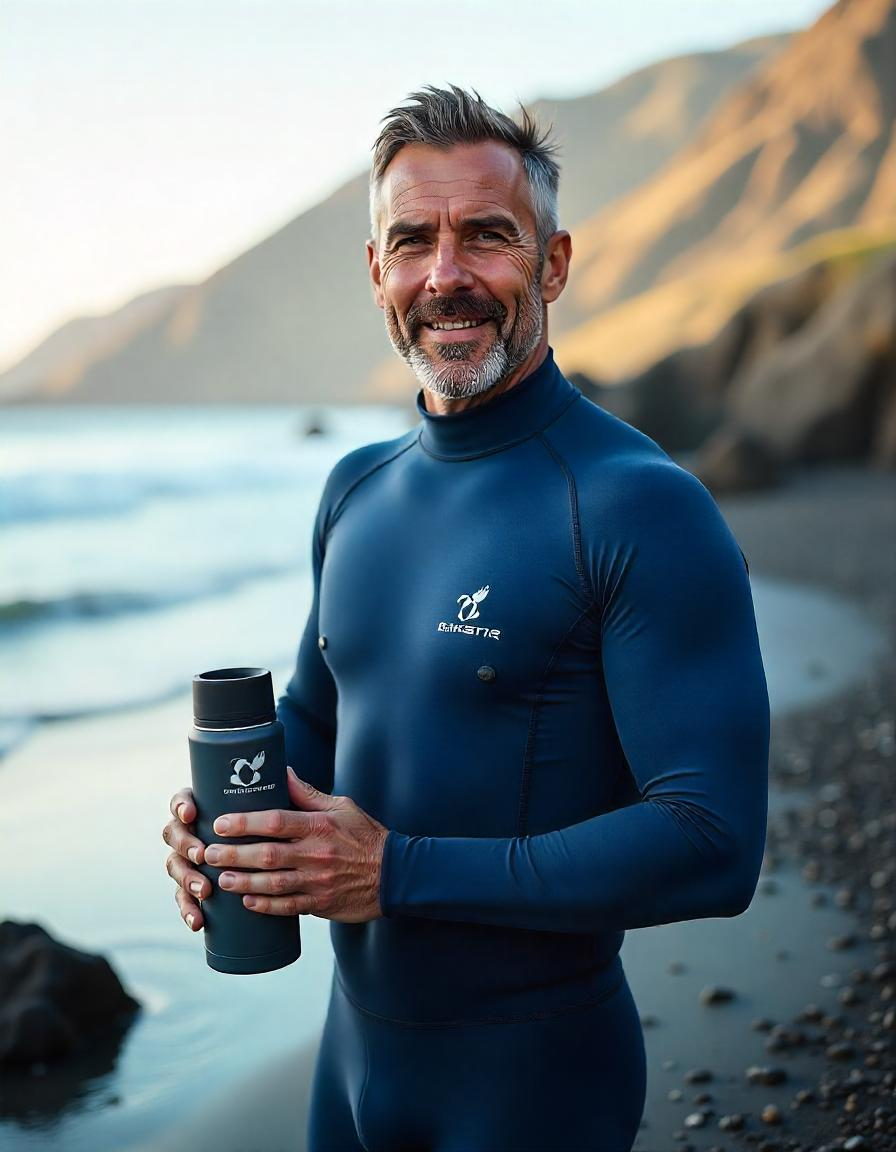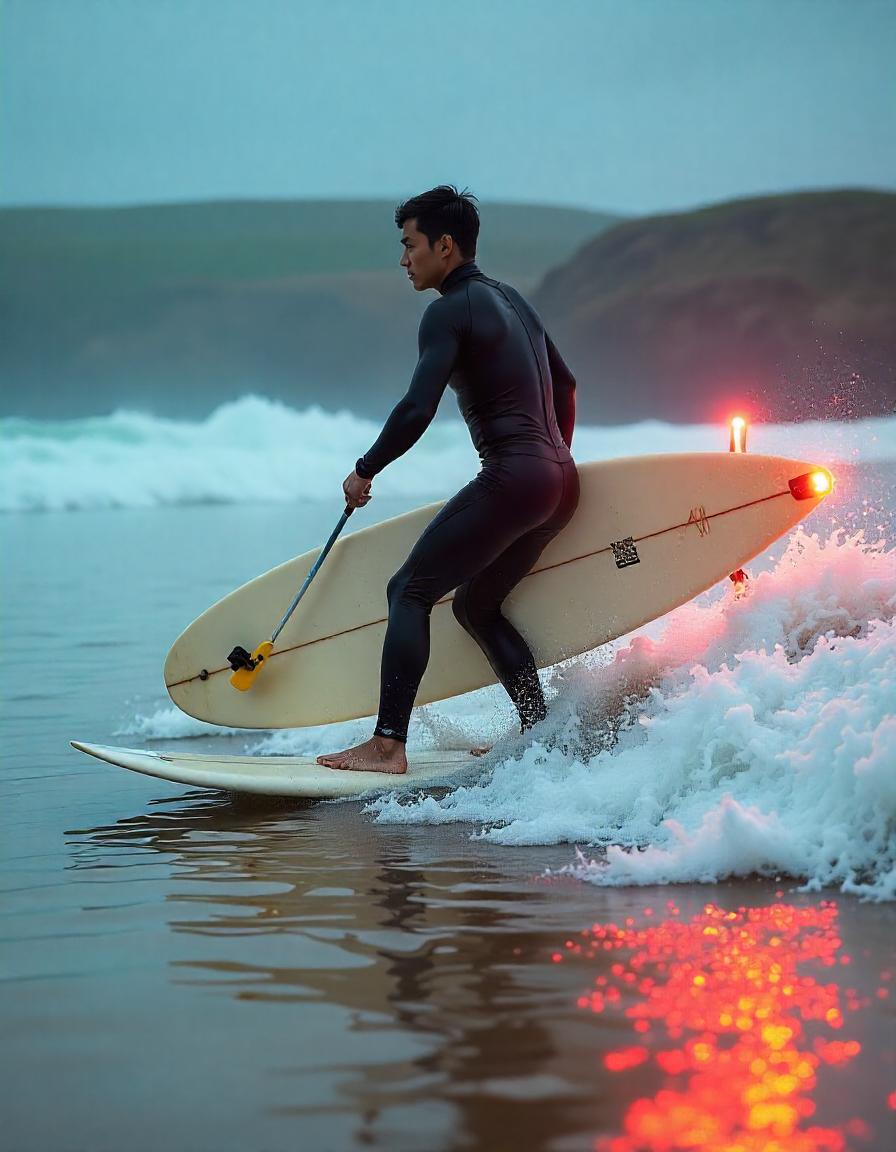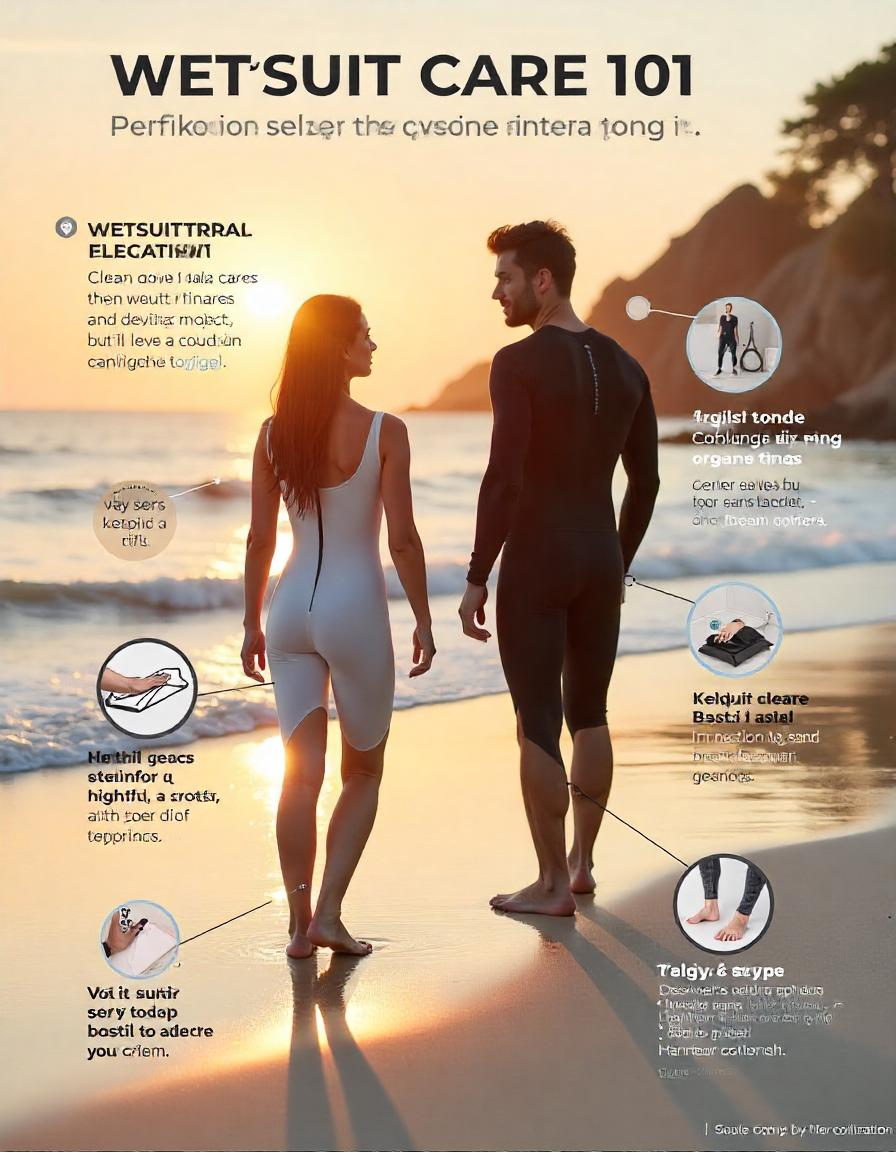Surfing in cold water can be exhilarating, but it also requires the right gear to ensure comfort and safety. A quality wetsuit is essential for maintaining warmth, flexibility, and performance when tackling chilly waves. With so many options available, choosing the right wetsuit for cold water surfing can be overwhelming. Here’s a guide to help you select the perfect wetsuit for your cold-water surfing adventures.
1. Understand Water Temperature
Before choosing a wetsuit, it’s important to know the water temperature you’ll be surfing in. Cold water typically refers to temperatures below 15°C (59°F). In such conditions, you’ll need a wetsuit that provides sufficient insulation. For water temperatures between 10-15°C (50-59°F), a 4/3mm or 5/4mm wetsuit is recommended, while colder water (below 10°C/50°F) might require a 5/4mm or 6/5mm wetsuit for added warmth.
2. Consider Wetsuit Thickness
The thickness of a wetsuit plays a crucial role in insulating your body against cold temperatures. The thickness is measured in millimeters (mm) and is typically stated as a combination of chest and limb thickness (e.g., 5/4mm, 4/3mm). The larger the number, the thicker the wetsuit.
-
3/2mm: Suitable for mildly cold water (15-18°C or 59-64°F).
-
4/3mm: Ideal for water temperatures around 10-15°C (50-59°F).
-
5/4mm or 6/5mm: Best for water colder than 10°C (50°F).
For cold water surfing, thicker suits (4/3mm or more) will provide the necessary warmth without restricting movement.
3. Material Matters: Neoprene
The quality of neoprene used in a wetsuit directly impacts its performance. Neoprene is a stretchable, insulating material that keeps the body warm by trapping a thin layer of water between the skin and the suit, which warms up with body heat. Look for wetsuits made with high-quality neoprene, as it offers better flexibility and durability. Some brands offer more advanced materials, such as Yamamoto neoprene, which is lighter and retains heat more effectively.
4. Seams and Construction
Wetsuit construction plays an important role in warmth and comfort. The type of seams used determines how well water stays out of the suit. Key seam types include:
-
Flatlock Seams: Ideal for warmer waters, but they tend to allow some water leakage.
-
Blind Stitched Seams: These are stitched but not completely through, helping to prevent water from entering. Suitable for colder conditions.
-
Taped Seams: High-end wetsuits often feature taped seams for maximum insulation, making them perfect for cold-water surfing.
A wetsuit with sealed seams will help reduce water entry, keeping you warmer for longer periods.
5. Fit is Crucial
A wetsuit’s fit is one of the most important factors for cold-water surfing. A suit that’s too loose will allow water to flow freely inside, reducing insulation and causing discomfort. A wetsuit that’s too tight can restrict movement and circulation, leading to coldness and potential injury.
To achieve the best fit, try on several wetsuits to ensure it feels snug around your chest, legs, and arms, without cutting off circulation or being uncomfortable. Most wetsuit brands offer suits with varying fits for different body shapes, so it’s essential to find the right one.
6. Consider Additional Features
When shopping for a wetsuit for cold-water surfing, look for extra features that enhance comfort and performance:
-
Thermal Linings: Many cold-water wetsuits come with a thermal lining that improves insulation by trapping more heat.
-
Hood: A hooded wetsuit provides extra warmth for your head, an area where you lose a significant amount of body heat.
-
Zippers and Entry Systems: Back zip, chest zip, and front zip entry systems each offer different levels of ease and comfort. Chest zips often provide better flexibility, while back zips are easier to put on and take off.
7. Durability and Flexibility
Cold-water wetsuits need to withstand harsh conditions, including prolonged exposure to saltwater, sand, and rugged surfaces. Look for wetsuits that are both durable and flexible. A flexible wetsuit allows for easy movement, which is essential for surfing performance. Brands that use advanced neoprene technology tend to balance flexibility and durability, offering great performance in cold conditions.
8. Brand Reputation and Reviews
Reputable wetsuit brands are more likely to produce high-quality products designed for cold water conditions. Research customer reviews and ratings to learn about the performance of different wetsuits in cold waters. Popular brands for cold-water surfing include O’Neill, Rip Curl, C-Skins, Billabong, and Xcel. These brands are known for producing reliable wetsuits that provide warmth and flexibility in challenging water temperatures.
9. Budget Considerations
While it’s tempting to buy the cheapest wetsuit available, investing in a high-quality cold-water wetsuit will save you money in the long run. A well-made wetsuit will last longer and keep you more comfortable during your sessions. Look for sales, deals, or last season’s models to find a wetsuit that meets your needs without exceeding your budget.
Conclusion
Choosing the right wetsuit for cold water surfing requires careful consideration of factors such as thickness, fit, material, and construction. By understanding the water conditions and opting for a wetsuit that balances warmth, flexibility, and durability, you’ll be prepared to tackle cold waves with confidence. Prioritize quality and comfort to ensure you get the most out of your surfing experience, no matter how chilly the water may be.





